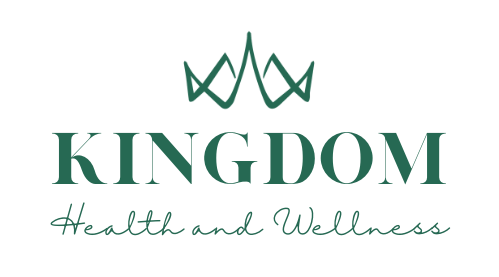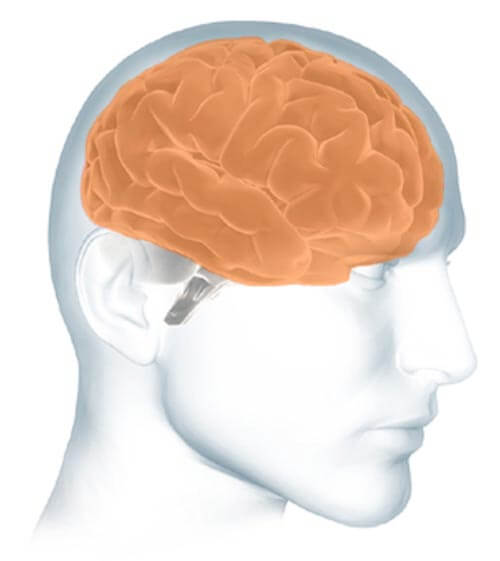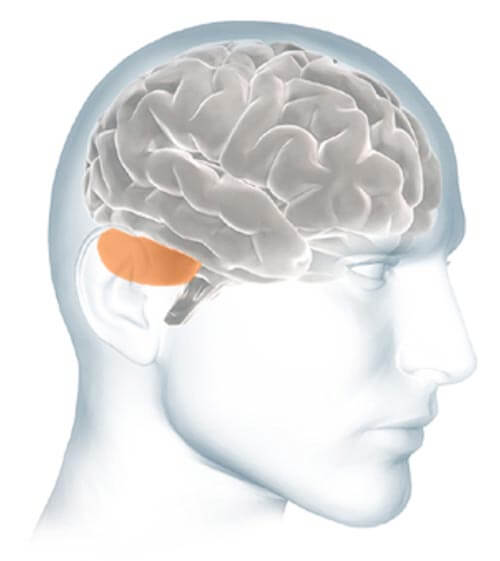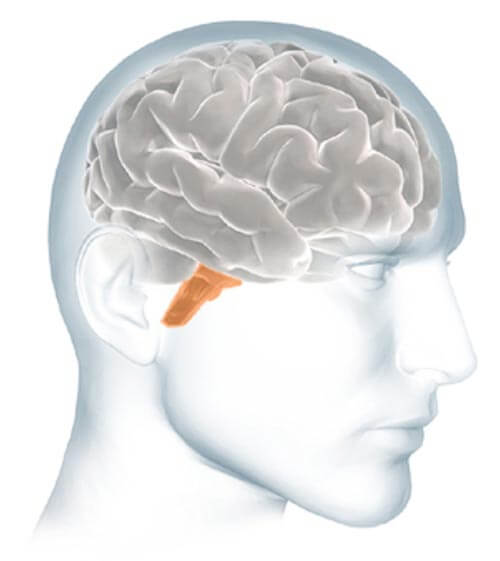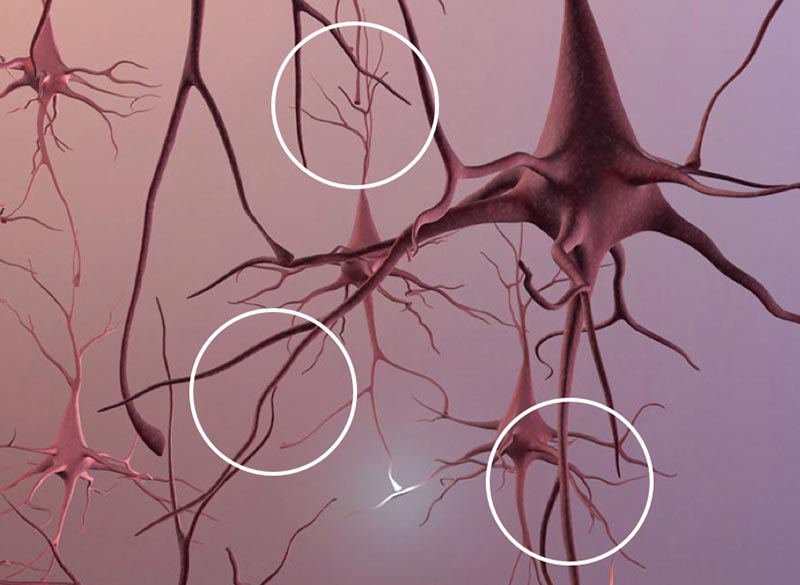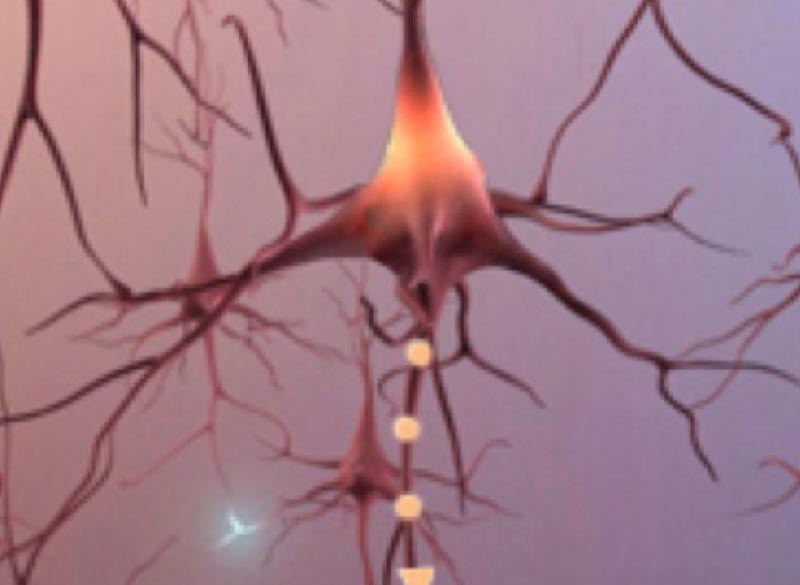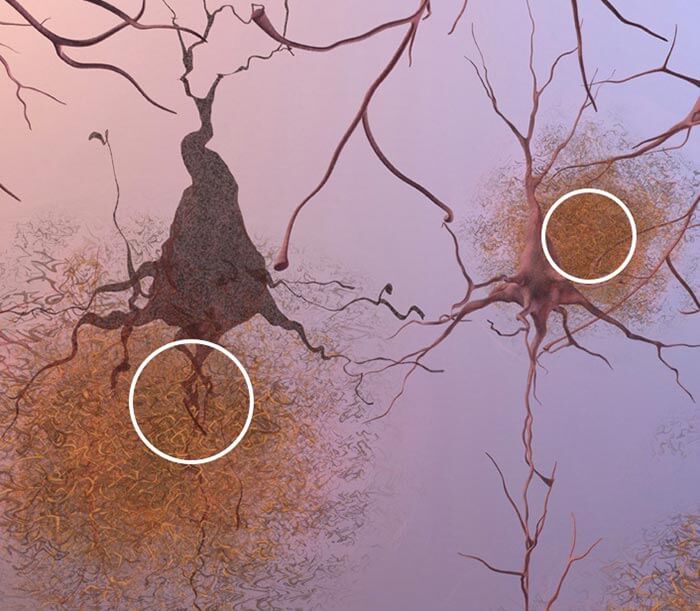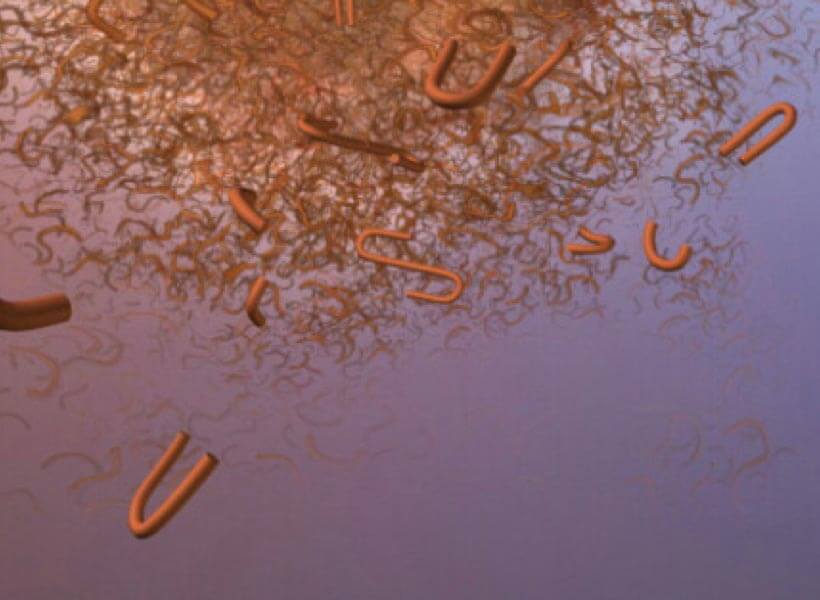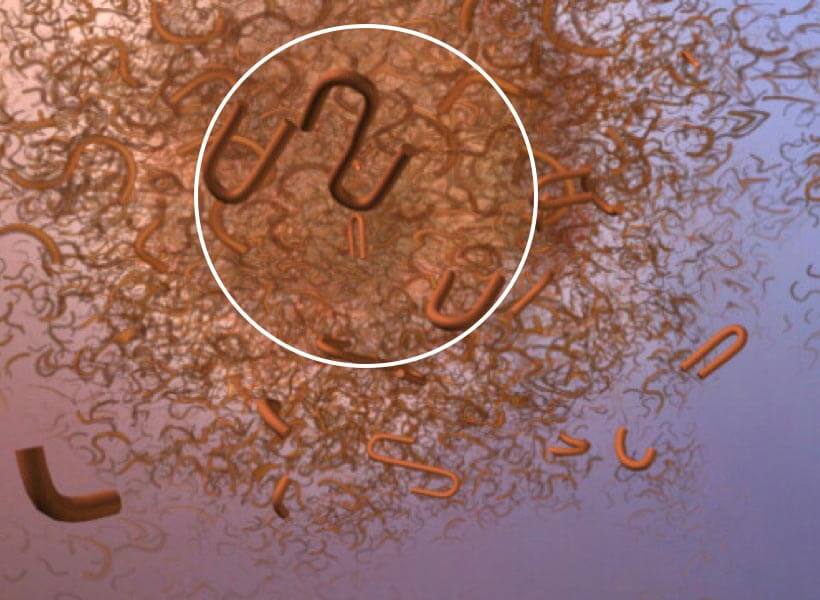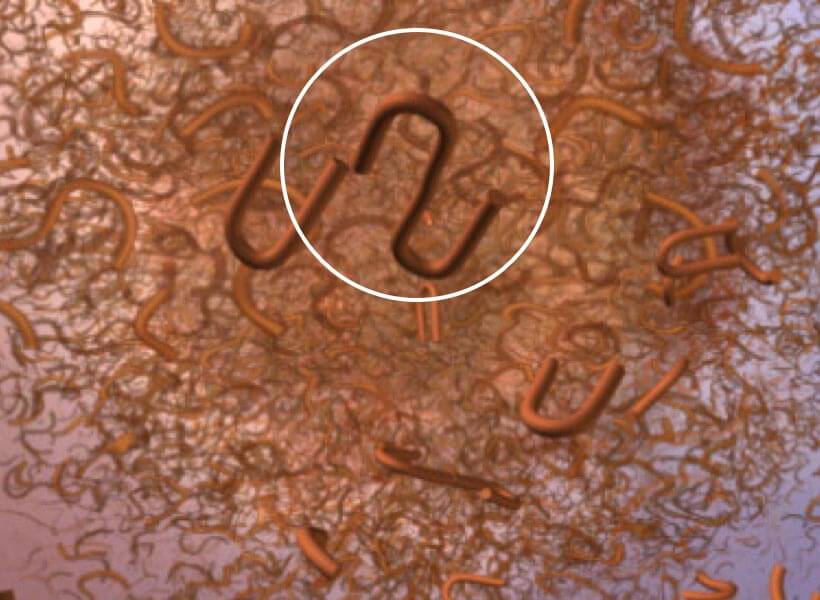Worldwide, 50 million people are living with Alzheimer’s and other dementias.
This illness affects a third of people over the age of 85 in the U.S. By 2050, there could be as many as 7 million people age 85 and older with Alzheimer’s disease, accounting for half (51%) of all people 65 and older with Alzheimer’s.
Alzheimer’s disease is a degenerative brain disease and the most common form of dementia. Dementia is not a specific disease. It’s an overall term that describes a group of symptoms.
This Brain Dis-ease can rob people of the ability to think clearly, perform everyday tasks and ultimately, remember their family or who they even are. Because the disease is so devastating, and since previous treatments failed to come up with a cure, we’re always on the lookout for Alzheimer’s natural treatment options and Alzheimer’s news, scouring the medical journals for Alzheimer’s breakthroughs.
It is claimed that “no one survives a diagnosis of dementia,” a disease with “no effective treatment.” As practitioners, we have struggled over the years with patients with cognitive decline, since there has been so little to offer… There is still much that we do not know about the brain, but there are several theories for dementia root causes including free radical damage, an inability to use glucose properly, vitamin deficiencies or environmental toxins that can be used to improve cognitive function and, perhaps, prevent dementia and its related diseases such as Alzheimer’s.
Understanding the Brain
Your brain is your most powerful organ, yet weighs only about three pounds. It has a texture similar to firm jelly. It is comprised of 3 main parts: the cerebrum, the cerebellum, and the brain stem.
Your brain is nourished by one of your body’s richest networks of blood vessels. When you are thinking hard, your brain may use up to 50 percent of the fuel and oxygen. With each heartbeat, arteries carry about 20 to 25 percent of your blood to your brain, where billions of cells use about 20 percent of the oxygen and fuel your blood carries. The whole vessel network includes veins and capillaries in addition to arteries.
Your brain’s wrinkled surface is a specialized outer layer of the cerebrum called the cortex. Scientists have “mapped” the cortex by identifying areas strongly linked to certain functions. Your brain is divided into right and left halves. The right side is responsible for controlling the left side of your body and the left side is responsible for controlling the right side of your body.
Your brain is a NEURON FOREST. Neurons are information messengers. They use electrical impulses and chemical signals to transmit information between different areas of the brain, and between the brain and the rest of the nervous system. Neurons are the chief type of cell destroyed by Alzheimer’s disease.
Cell Signaling & Signal Coding
The real work of your brain goes on in individual cells. The neurotransmitters travel across the synapse, carrying signals to other cells. Scientists have identified dozens of neurotransmitters. Alzheimer’s disease disrupts both the way electrical charges travel within cells and the activity of neurotransmitters.
100 billion nerve cells. 100 trillion synapses. Dozens of neurotransmitters. This “strength in numbers” provides your brain’s raw material. Over time, our experiences create patterns in signal type and strength. These patterns of activity explain how, at the cellular level, our brains code our thoughts, memories, skills and sense of who we are.
Understanding How Alzheimer’s and Dementia Affects the Brain
Alzheimer’s disease leads to nerve cell death and tissue loss throughout the brain. Over time, the brain shrinks dramatically, affecting nearly all its functions.
Scientists can also see the terrible effects of Alzheimer’s disease when they look at brain tissue under the microscope. Scientists are not absolutely sure what causes cell death and tissue loss in the Alzheimer’s brain, but the plaques and tangles in the figures below are prime suspects.
Alzheimer’s tissue has many fewer nerve cells and synapses than a healthy brain.
More About Plaques…
More About Tangles…
Tangles destroy a vital cell transport system made of proteins. This electron microscope picture shows a cell with some healthy areas and other areas where tangles are forming.
In healthy areas:
- Orderly, parallel strands for delivering key materials to the cells
- A protein called tau helps keep the strands straight
In areas where tangles are forming:
Nutrients and other essential supplies can no longer move through the cells, which eventually die.
- Tau collapses into twisted strands called tangles
- The strands can no longer stay straight and disintegrate
Progression Through the Brain
Plaques and tangles tend to spread through the cortex in a predictable pattern as Alzheimer’s disease progresses. The rate of progression varies greatly. On average, a person with Alzheimer’s lives four to eight years after diagnosis, but can live as long as 20 years, depending on other factors. The course of the disease depends in part on age at diagnosis and whether a person has other health conditions.
In the earliest stages, before symptoms can be detected with current tests, plaques and tangles begin to form in brain areas involved in.
In mild to moderate stages, brain regions important in memory and thinking and planning develop more plaques and tangles than were present in early stages. As a result, individuals develop problems with memory or thinking serious enough to interfere with work or social life. They may also get confused and have trouble handling money, expressing themselves and organizing their thoughts. Many people with Alzheimer’s are first diagnosed in these stages.
As Alzheimer’s progresses, individuals may experience changes in personality and behavior and have trouble recognizing friends and family members.
In advanced Alzheimer’s disease, most of the cortex is seriously damaged. The brain shrinks dramatically due to widespread cell death. Individuals lose their ability to communicate, to recognize family and loved ones and to care for themselves.
Using Functional Medicine To Treat Alzheimer’s And Cognitive Decline
With functional medicine, the goal is to treat the root cause of the issue instead of only alleviating the resulting symptoms. For instance, the leading hypothesis from conventional medicine asserts that amyloid plaques in the brain cause Alzheimer’s and aims to remove the plaques to cure Alzheimer’s. Thus, billions of dollars have been invested in trials to clear amyloid-beta with no success to date. In fact, there is some evidence that several have worsened cognitive decline.
Functional medicine goes deeper. Rather than solely focusing on the removal of amyloid plaques, functional medicine asks why plaques arise and seeks to prevent their development in the first place.
The whole-body systems approach of functional medicine has proven optimal for treating the chronic illnesses that lead to Alzheimer’s disease, including obesity, diabetes, hypertension, heart disease, and more. Consequently, these efforts have led to unprecedented success for treating Alzheimer’s.
Alzheimer’s Is a Multifactor Pathological Condition
Dr. Dale Bredesen, a renowned AD researcher, goes against popular opinion and states that AD is a multifactor pathological condition. Amyloid-beta is not the main problem, but rather the brain’s response to one (or more than one) insult (3). By removing the insults and optimizing health, this method has reversed AD in many cases. Through years of work, Dr. Bredesen has identified several types of AD, each with unique causes (4, 5):
- Type 1 (“inflammatory”) is due to an antimicrobial response to pathogens or other inflammatory causes.
- Type 2 (“atrophic”) is associated with reductions in factors that support brain health, like estradiol, progesterone, testosterone, insulin, and vitamin D.
- Type 1.5 (“glycotoxic”) is a composite of types 1 and 2. Inflammation from high blood glucose levels combines with a trophic loss of insulin sensitivity.
- Type 3 (“toxic” or “cortical”) is associated with exposure to toxins or toxicants (a toxicant is any toxic substance; toxicants can be poisonous and they may be man-made or naturally occurring) such as heavy metals, insecticides/pesticides, antimicrobials, and commercial/industrial toxins.
- Type 4 (“vascular”) is associated with reduced vascular support.
- Type 5 (“traumatic”) is associated with previous head trauma.
Your Lifestyle & Environment Play Key Roles
Since lifestyle and environmental factors play a major role in the onset and progression of Alzheimer’s disease, a functional medicine approach is the ideal strategy for addressing Alzheimer’s at its roots. To accomplish this goal the Functional Medicine operating system consists of the Functional Medicine Timeline, Advanced Testing, and the Therapeutic Lifestyle Factors (Sleep & Relaxation, Movement & Exercise, Nutrition, Stress, and Relationships). Advanced Testing allows the practitioner to evaluate imbalances at the cellular level. This helps sort out why the disease has occurred in the first place. By understanding each of these imbalances, the patient is empowered & supported to make changes to correct them!
Schedule a Free Consultation
Ready to talk with a provider about getting to the root of you or your loved ones cognitive decline and discover pathways to healing? Our staff and practitioners are eager to help you!
Further reading & research:
https://www.alz.org/abam/overview.asp#takeActionBox
https://www.alzheimers.net/alzheimers-statistics
https://pubmed.ncbi.nlm.nih.gov/?term=Bredesen+D
https://www.ncbi.nlm.nih.gov/pmc/articles/PMC5505565/
https://www.ncbi.nlm.nih.gov/pmc/articles/PMC4789584/
https://pubmed.ncbi.nlm.nih.gov/25654508/
